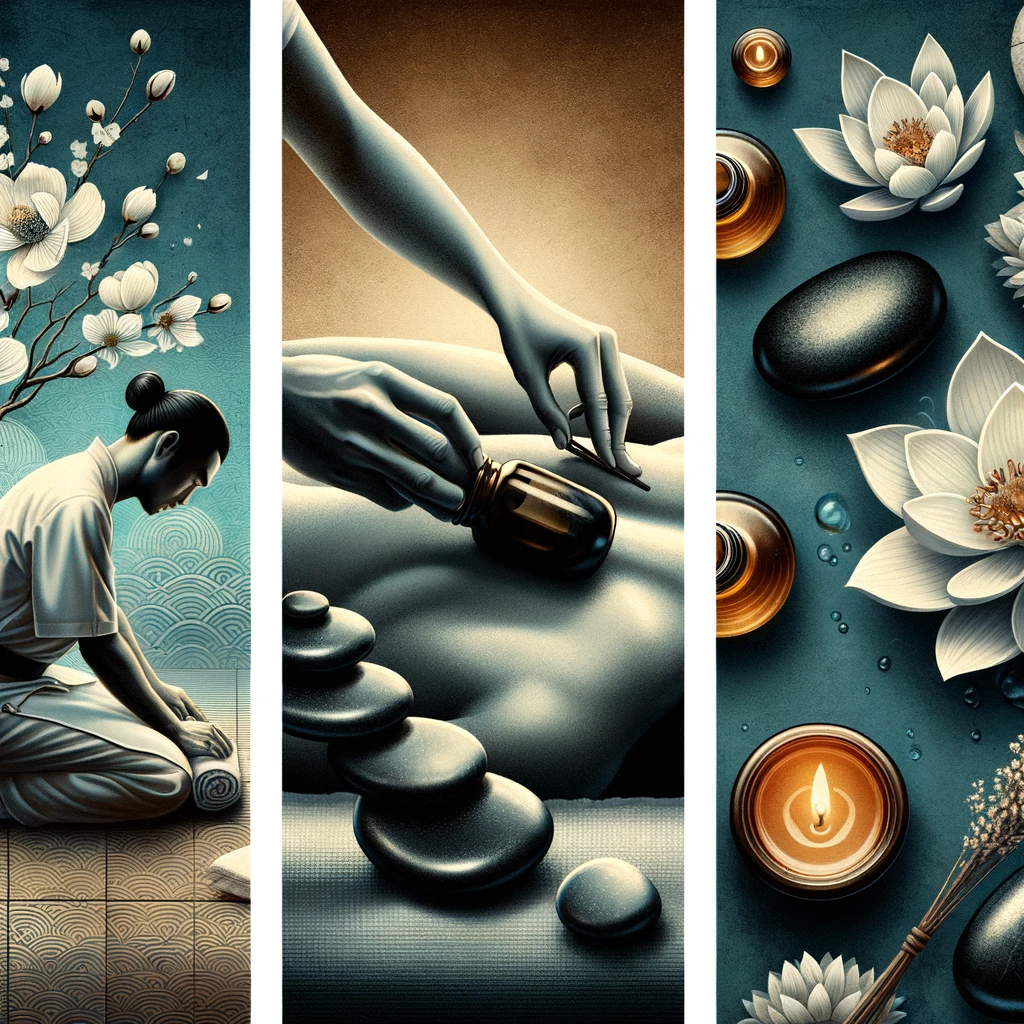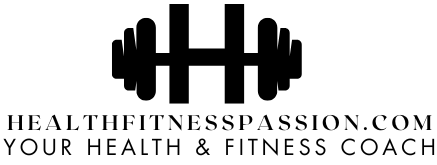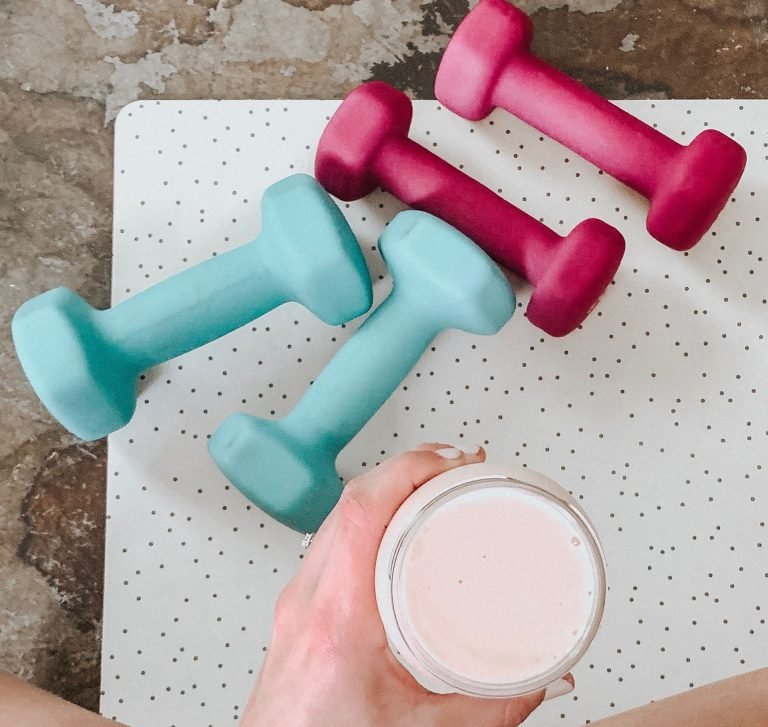What Are the Different Massage Treatments? – A Comprehensive Guide
Introduction
Hey there! Are you curious about the world of massage therapy? If you’ve ever felt overwhelmed by the variety of massage types available, you’re not alone. In this guide, we’ll explore the different kinds of massage treatments, their benefits, and how to choose the perfect one for your needs. So, let’s dive in and unravel the soothing world of massage therapy together!

The History and Evolution of Massage
Massage therapy isn’t a modern invention. Its roots stretch back thousands of years, crossing various cultures and continents. Originally, massages were used as a form of healing. Ancient Egyptians, Greeks, and Romans all had their unique takes on massage, and these ancient techniques have influenced modern practices. It’s fascinating how an age-old tradition continues to play a significant role in our wellness today.
Understanding the Benefits of Massage
Before we get into the types of massages, let’s clear up a common question: What exactly are the benefits of massage? Beyond the obvious relaxation and stress relief, massages can significantly improve blood circulation, ease muscle tension, and even aid in mental clarity. And no, massages aren’t just a luxury; they’re a tool for maintaining overall health.

Types of Massage Treatments
Now, let’s explore the various massage treatments you might encounter:
1. Swedish Massage
- Description: Often considered the ‘classic’ massage, Swedish massage involves soft, long, kneading strokes combined with light, rhythmic, tapping strokes on the top layers of muscles.
- Ideal For: This is a great starter massage for relaxation and mild tension relief.
2. Deep Tissue Massage
- Differences: Unlike Swedish massage, deep tissue massage applies more pressure to target the deeper layers of muscle and connective tissue.
- Benefits: It’s particularly effective for chronic aches and pains, like stiff necks and sore shoulders.
3. Sports Massage
- Focus: Tailored for athletes, but it’s not limited to them. It’s designed to prevent and treat injuries and enhance athletic performance.
- Benefits: Helps with flexibility, reduces fatigue, and improves endurance.
4. Trigger Point Therapy
- Explanation: This massage focuses on areas of tight muscle fibers that can form after injuries or overuse.
- Benefits: It’s very effective for pain management and helps in alleviating muscle spasms.
5. Reflexology
- Concept: Reflexology involves applying pressure to specific points on the feet, hands, or ears.
- Ideal For: Those seeking relaxation or healing for ailments like headaches or sinus problems.
6. Shiatsu Massage
- Origin: It’s a Japanese form of massage that stimulates pressure points.
- Approach: It’s more rhythmic and holistic, enhancing the body’s natural healing ability.
7. Hot Stone Massage
- Technique: Smooth, heated stones are placed on specific parts of the body.
- Experience: The warmth is deeply relaxing and helps warm up tight muscles.
8. Aromatherapy Massage
- Essential Oils: Aromatherapy combines soft, gentle pressure with the use of essential oils.
- Enhancement: The oils add an extra layer of relaxation and healing.
9. Thai Massage
- Activity Level: More active and energizing than most other forms, it includes stretching and compressing.
- Benefits: Improves flexibility, balance and boosts energy levels.
10. Pregnancy Massage
- Specialization: Designed for expectant mothers, it offers relief from pregnancy’s physical and mental strains.
- Safety: Ensure your therapist is specially trained in prenatal massage.

Choosing the Right Type of Massage for You
Choosing the right massage can feel like a puzzle. Consider what you’re looking for: relaxation, pain relief, or something specific like pregnancy support. Always feel free to discuss your needs with a professional therapist; they can guide you to the best choice.
Preparing for Your Massage Session
If it’s your first time, you might wonder how to prepare. Wear comfortable clothing, and don’t be shy to ask questions before and during the session. Remember, communication with your therapist is key to a great massage experience.
Aftercare and Frequency of Massages
After your massage, drink plenty of water and take it easy for the rest of the day. As for how often you should get a massage, it depends on your individual needs and lifestyle. Regular sessions can be beneficial for chronic






